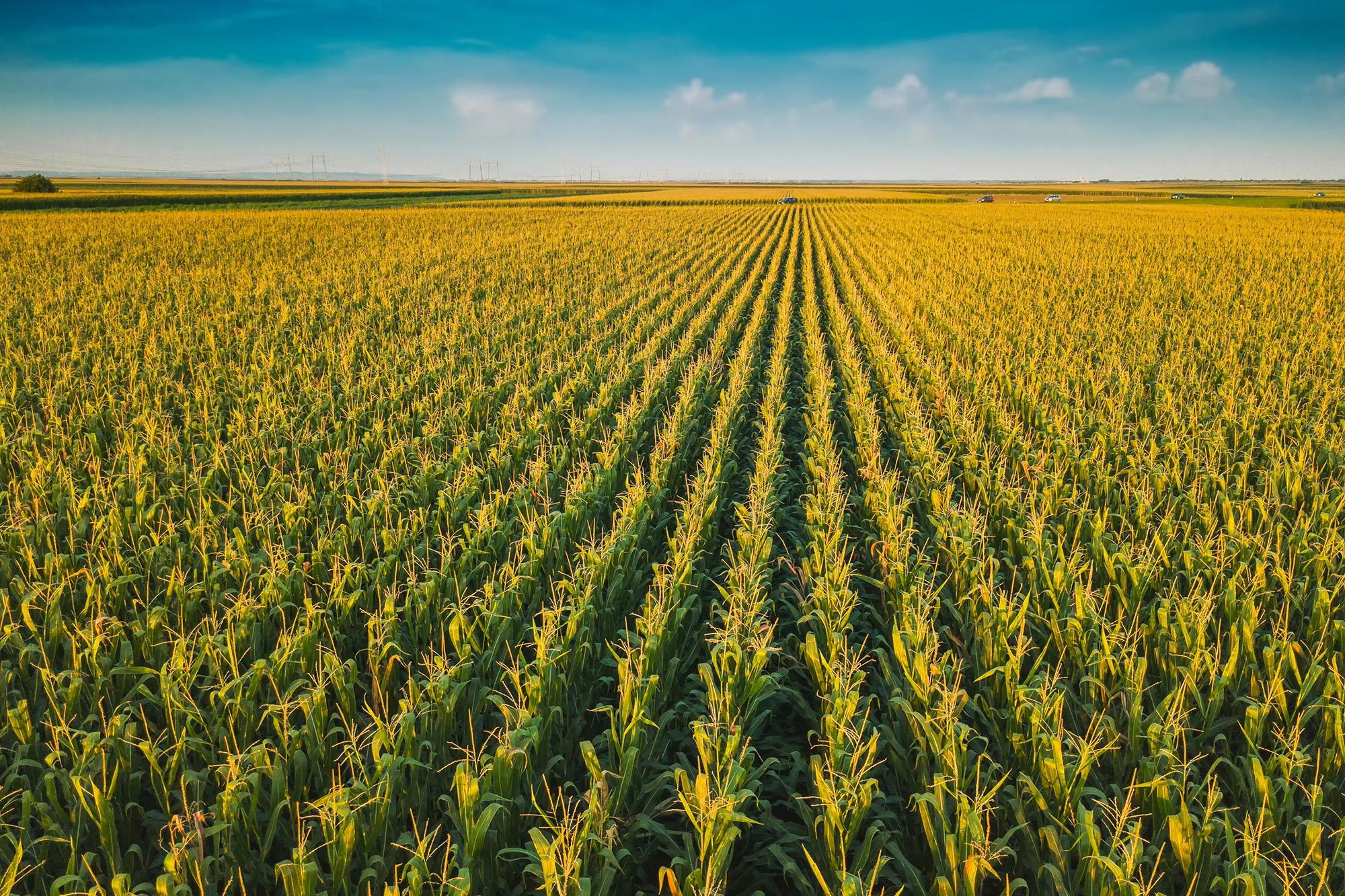Connect with us
Published
1 week agoon
By
admin
Recent research highlighted in the Proceedings of the National Academy of Sciences reveals that agricultural practices and shallow groundwater in the U.S. Corn Belt enhance local rainfall through “precipitation recycling,” which increases precipitation by nearly 30%. This process occurs when moisture from the local environment, including plants and soil, evaporates and returns as rainfall. Advanced computer models demonstrated that this recycling ratio peaks during summer, particularly in dry years with limited moisture from outside regions. Lead researcher Zhe Zhang emphasizes the importance of understanding how agricultural methods can alter regional climate, impacting food and water security. By quantifying the effects of local factors like irrigation and crop growth, the study found that in wet years, 18% of precipitation is recycled locally compared to just 14% without these factors, showcasing a notable 29% increase. Future research aims to explore the implications of changing precipitation patterns on agricultural productivity. This study is not only essential for farmers but also for water resource managers in making informed decisions regarding planting and water allocation strategies. The research involved collaboration among scientists from NSF NCAR, Hong Kong University of Science and Technology, and the University of Santiago de Compostela, and was funded by the NSF.


















